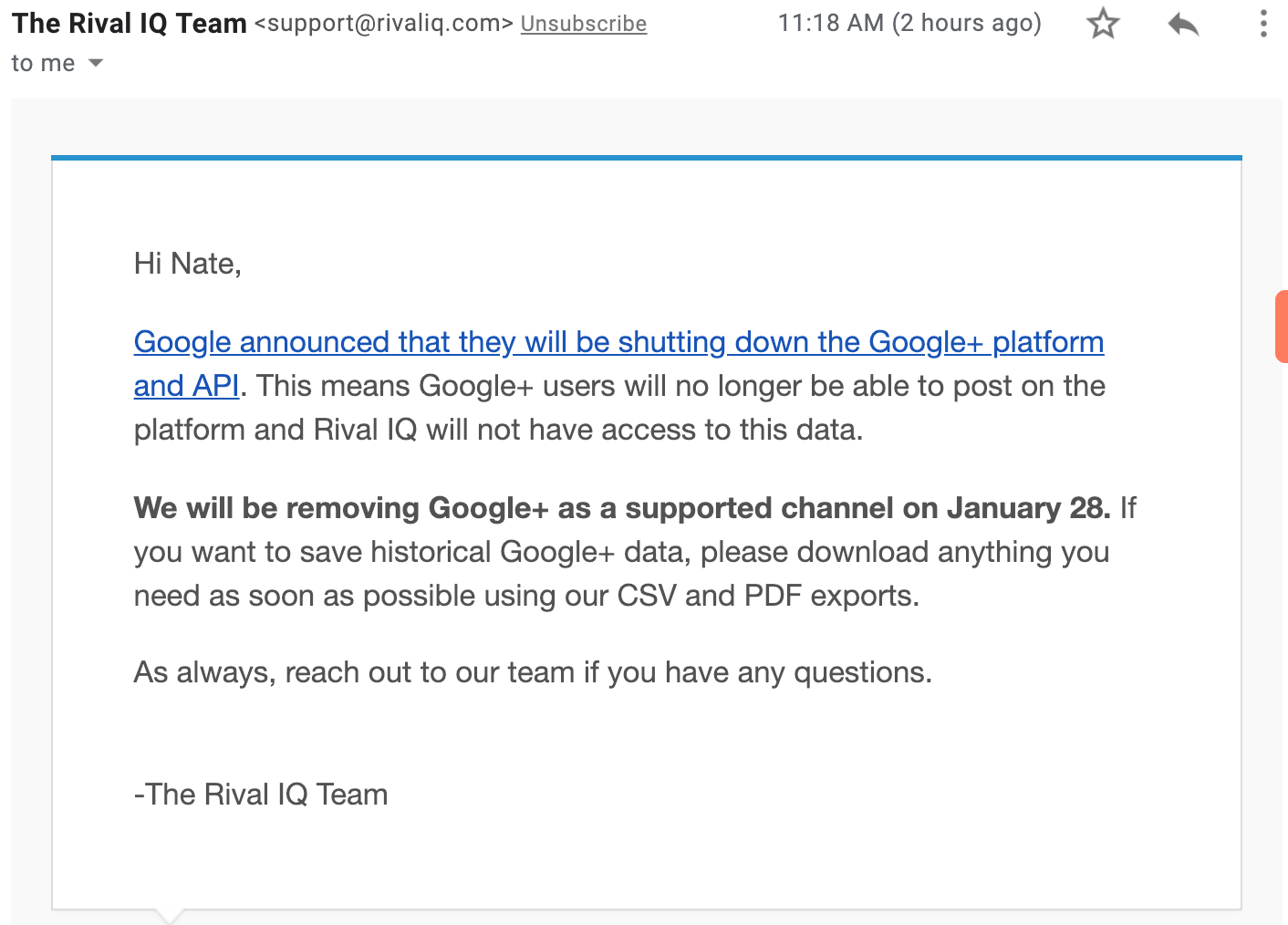Short form content marketing?!?
Want to learn more about content marketin? Discover how to build a content marketing team with your clients.
Yeah, I made that one up just now, largely influenced by some conversations I've had with Joe Pullizzi on creation and growth of his namesake phrase content marketing.
So what then is short form content marketing? Some (including myself) have called this presence building. We do things like schedule tweets and status updates using tools like Hootsuite, Engage121, Tap11 and the plethora of other dashboards out there in order to stay in front of our audience of friends, business associates and customers.
But, I do see a a difference I see between the two phrases. For me, presence building encompasses much more than simply tweeting other's blog posts, mixed in with our own. In part, presence building has quite a lot to do with building the actual platforms. For instance:
- Designing the look and feel and functionality of your blog as a hub of your online content
- Customizing your Facebook page and serving high targeted ads to get more of the right eyeballs on your content
- Speaking at social media-friendly events so that hopefully (if you're good) the crowd tweets frequently and includes your twitter name
All of those things help us and our brands build presence. And, there's a hell of a lot more that goes into it. Trust me.
About Short Form Content Marketing
It was Shel Holtz who calle Twitter a "type of web 2.0 telegraph system" in his book, Tactical Transparency (affiliate link). That phrase has always stuck with me.
I'll argue that things like our Facebook status updates, tweets, captions on the pictures we upload fall into this area. Really, any brief expression of our thoughts, ideas and experiences limited by the character-counting rules of any technology platform falls into this category.
We use this short form content in our everyday online conversations. It helps us to distribute larger object of content to the communities in which we participate. For bloggers especially, the brevity of a tweet makes for a killer gateway drug that can easily hook an audience into wanting a bigger fix.
 3 Secret Ingredients
3 Secret Ingredients
Want to know my opinion the secret sauce that makes it all work?
First, I think Chris is right. If you come to the social web with an actual desire to be 'social' and talk with folks (rather than at them), you'll do pretty well. Automation isn't evil, but used with the wrong intentions it's great power will definitely cause people to turn their backs towards you and your content. Take away this: automation in social media is like alcohol -- use it responsibly.
But I think there are three more ingredients that make the secret sauce of short-form content marketing so tasty.
- Timing -- Building presence is heavily dependent on the timing of your updates. Remember that we humans are accessing the web at a variety of different times, which is in large part determined by our daily routines and behavior patterns. Think about it -- it's challenging to get someone to remark on or share a tweet if it disappears before they have a chance to see it in the stream.
- Context -- I've learned that context is especially important to us social nerds. The reality is that most of your 'other' friends on Facebook are not really interested in things like Hootsuite or Wordpress plugins or Content Marketing World. Likewise, it's safe to say that the folks who connect with you on LinkedIn might not be as interested in what beer you will drink at the end of the day, or even that latest Epic Fail video that made you giggle. If social communities are online conversations, then considering how your updates fit witin the context of each different conversation becomes pretty important.
- Coverage -- It seems like humans are spending more and more time on the web, and my bet is that that trend will probably grow, at least for a few more years. A question I used to get asked a lot was: "How much time should I spend doing social media? An hour? Two hours?". The simple answer is -- all day and all night, in micro bursts of your attention. Depending on the make up of your audience, you will need to consider how you participate between 16 and 20 hours each day, using 1-2 minute intervals, along with a short block of time to set up your daily editorial scheduling.
For Tomorrow -- Using Hootsuite Publisher
For tomorrow, we're going to get a little tactical. I want to show you how I use Hootsuite to make short form content marketing work in my favor. We'll cover three big ideas:
- How to plan, organize and publish your daily content sharing
- Some tips and tricks that will help you automate updates and tweets that start conversations
- How to balance your content duringspecific day parts when your audience is most receptive
Will you come out to play tomorrow?



